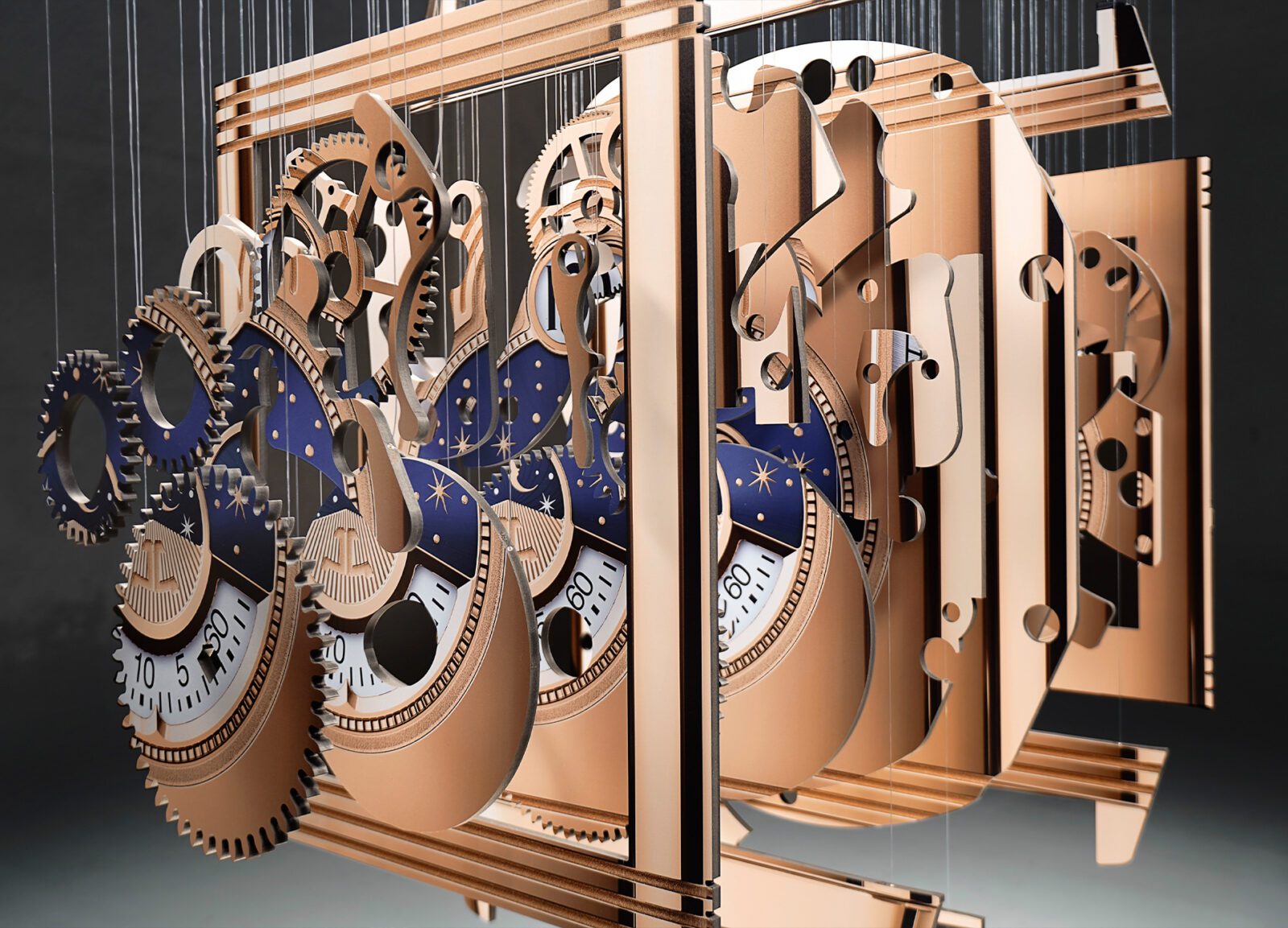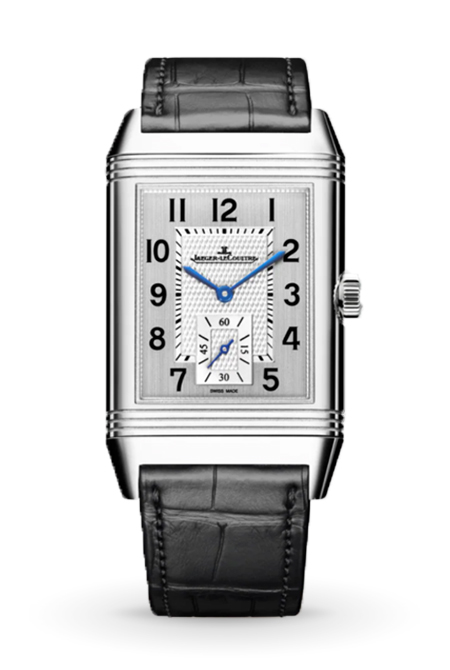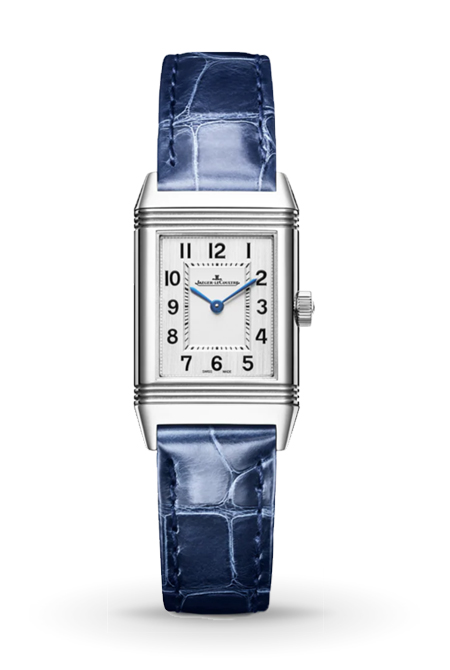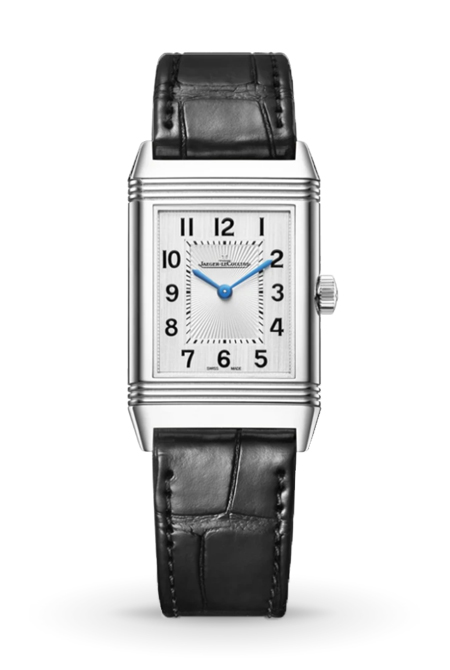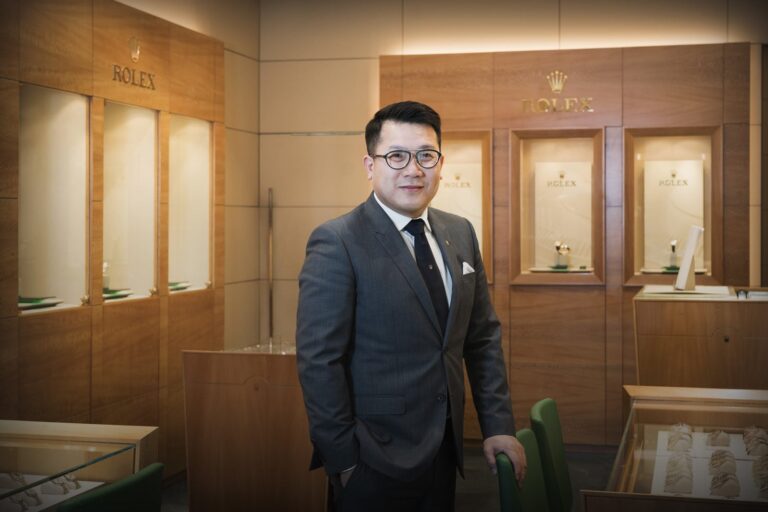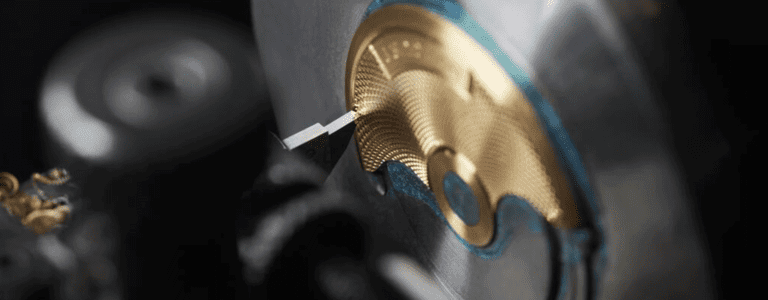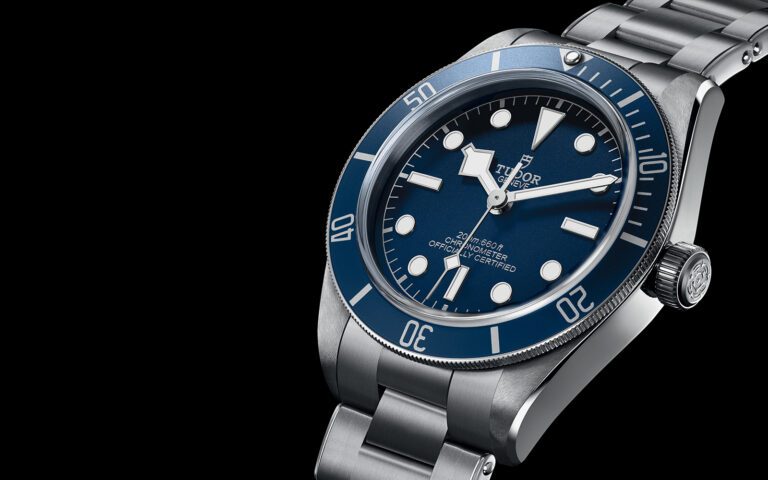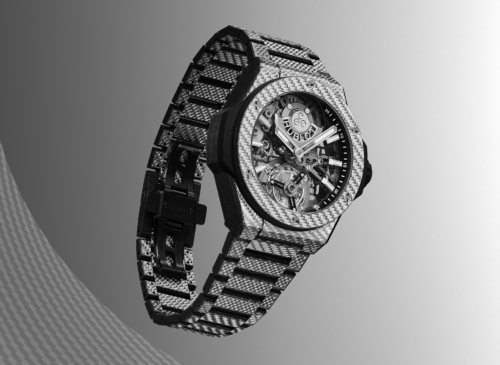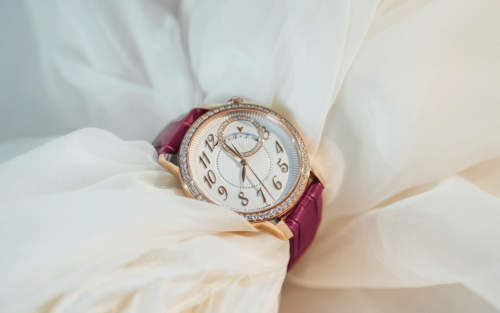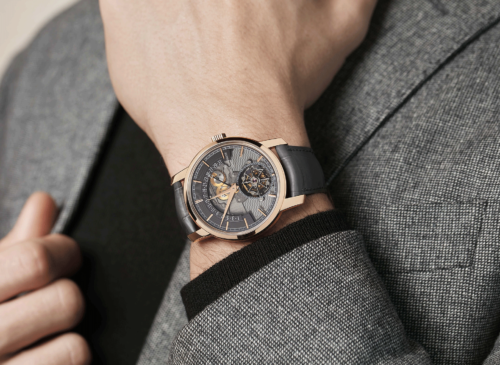The Reverso by Jaeger-LeCoultre - 90 Years young
When we talk about iconic watches, timepieces with enduring appeal, the Jaeger-LeCoultre Reverso, 90 years young, is a prime candidate. Good watch design meets the needs of its day. Great watch design transcends the circumstances of its beginnings. Gaining an appreciation that is ageless. The Reverso’s mystique – a reversible case and appealing aesthetics based on symmetry – have carried it through the decades to the present day. Almost lost to the annals of history at one point, the Reverso not only regained its footing but went on to reinvent itself. All without compromising its DNA.
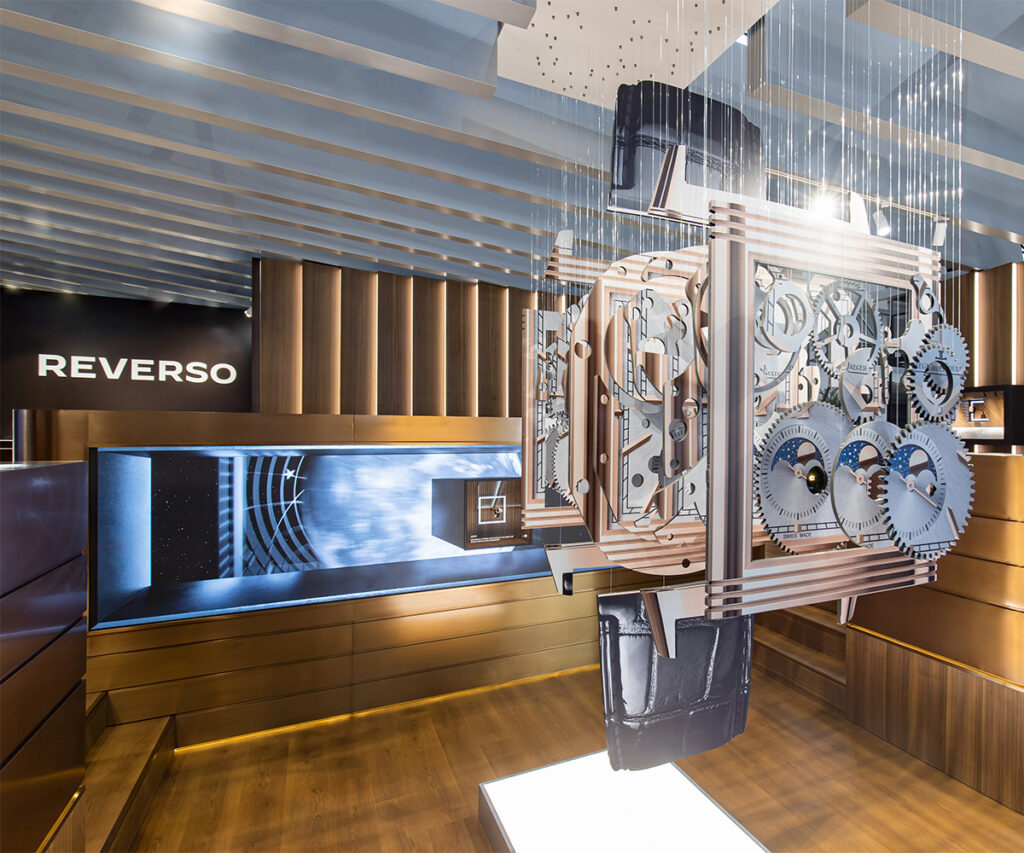
What makes the Reverso so interesting is that it is a single thread tying together many elements of watchmaking history. Conceived in India, brought to Switzerland and with assistance from France, it was one of the first true luxury sports watches. Its patented design was forward-thinking and innovative yet manufactured using cottage-era practices. The Reverso also played a key role in bringing together the long-affiliated firms of Jaeger and LeCoultre in 1937. Giving birth to one of the greatest makers of haute horology in modern history. But before we get to that, let’s go back to where it all began.
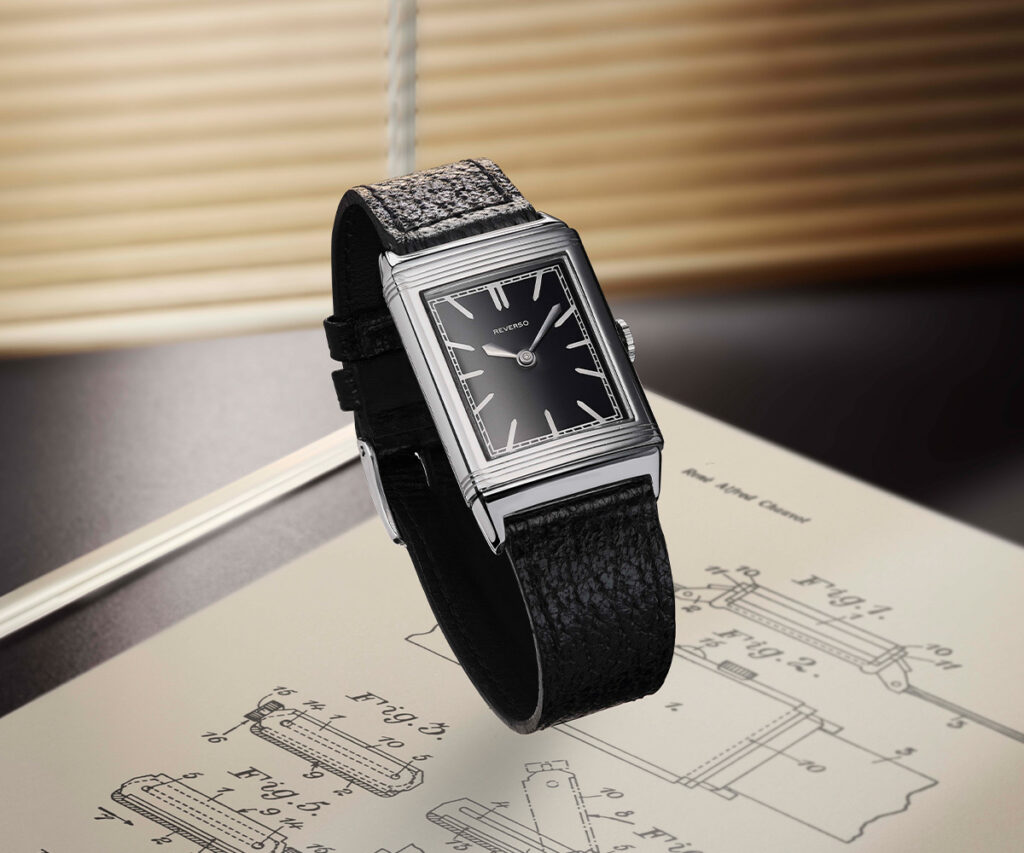
The Sport of Kings
In the early 1930s, in India, British army officers had taken up the sport of polo. A gentlemanly pursuit no doubt but one that could also be quite perilous. Particularly for one’s wrist attire. Growing tiresome of replacing the broken watch crystals and damaged dials that resulted from the inevitable knocks in the heat of play, these same officers challenged a watch importer named César de Trey to create a wristwatch that could be worn on the polo field. To protect the glass and dial during matches, de Trey had the simple yet ingenious idea of a case that could be flipped over.
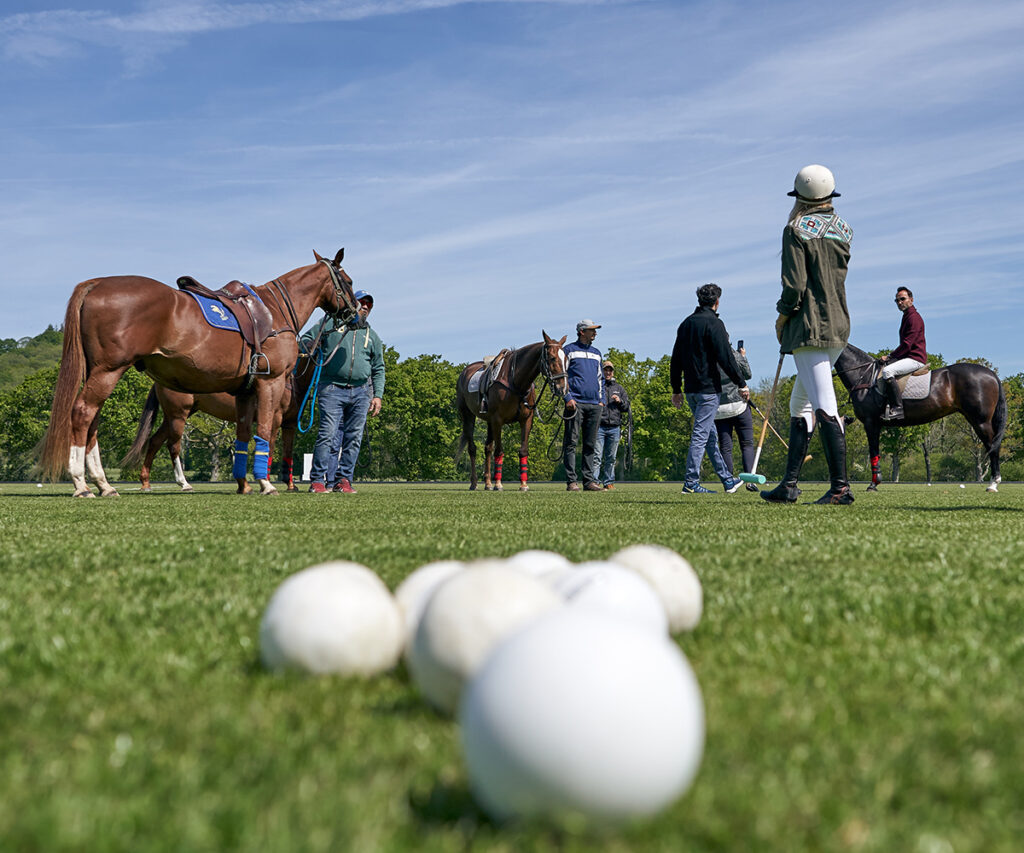
The successful entrepreneur happened to be well acquainted with the LeCoultre manufacture based in the Vallée de Joux. As well as the Parisian firm of Jaeger SA. (Already affiliated but not yet a single entity.) Upon returning to Switzerland, he approached (third-generation) Jacques-David LeCoultre about producing this polo-inspired watch. And, through connections with Jaeger, a French industrial designer, René-Alfred Chauvot, was engaged for the case design.
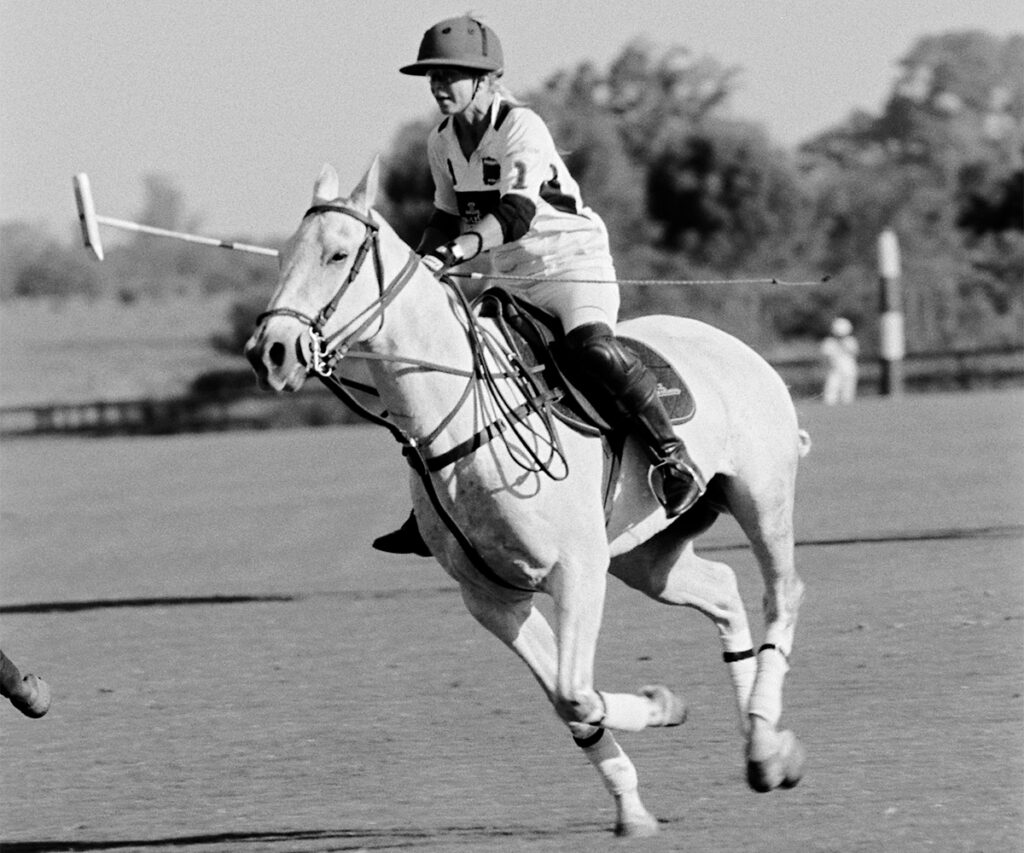
On 4 March 1931, an application to the Paris patent office was registered. For: “a watch capable of sliding in its support and being completely turned over”. After buying the rights to Chauvot’s design in July, de Trey registered the Reverso name in November. He then set up a business partnership with LeCoultre. Cases made by Geneva’s A.E. Wenger were fitted with Tavannes 64 calibres. All assembly happened at the LeCoultre manufacture in Le Sentier.
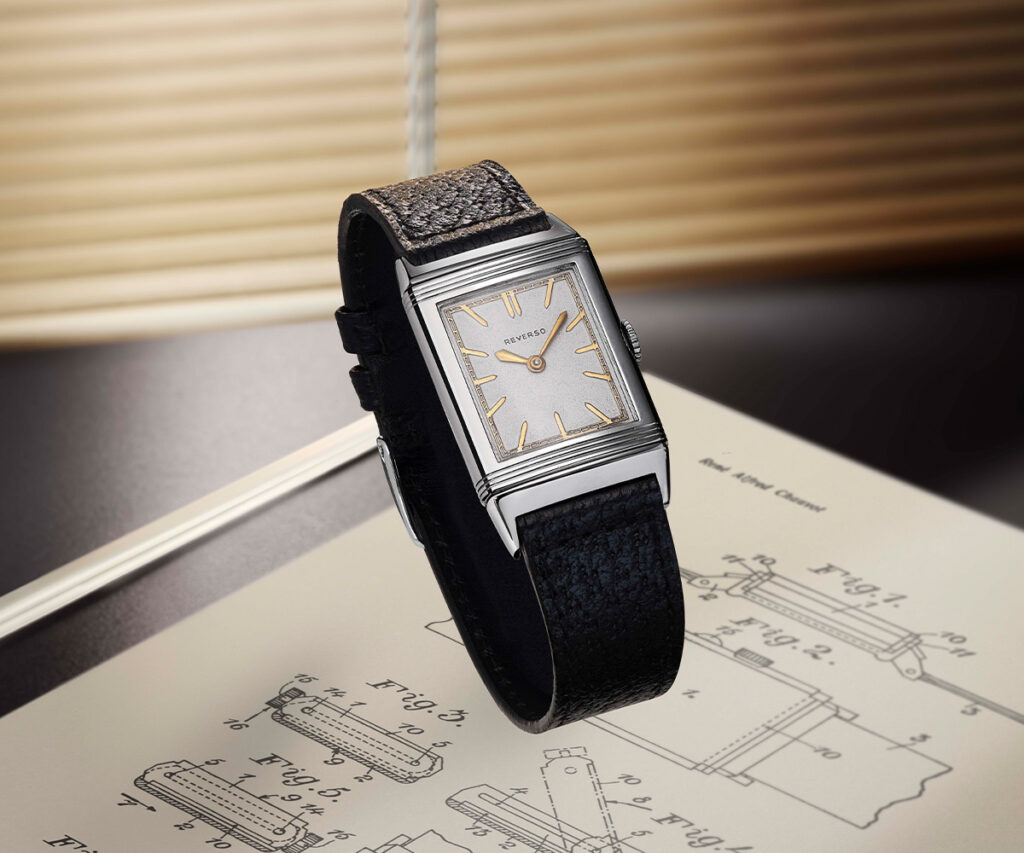
The golden age of the Reverso
Less than nine months after the patent application had been filed, the first pieces hit the market. The aesthetic of the Reverso was rendered elegant enough for the officers to wear with their formal dress uniforms. Three horizontal gadroons appeared above and below the rectangular dial between angular lugs. The timing with the dawning Art Deco movement couldn’t have been better. The Reverso’s rectilinear lines and near-perfect proportions enthralled the watch-buying public. Cases were offered in Staybrite steel, and then in gold as well. Feminine models soon appeared, with options to be worn as pendants or handbag clips.
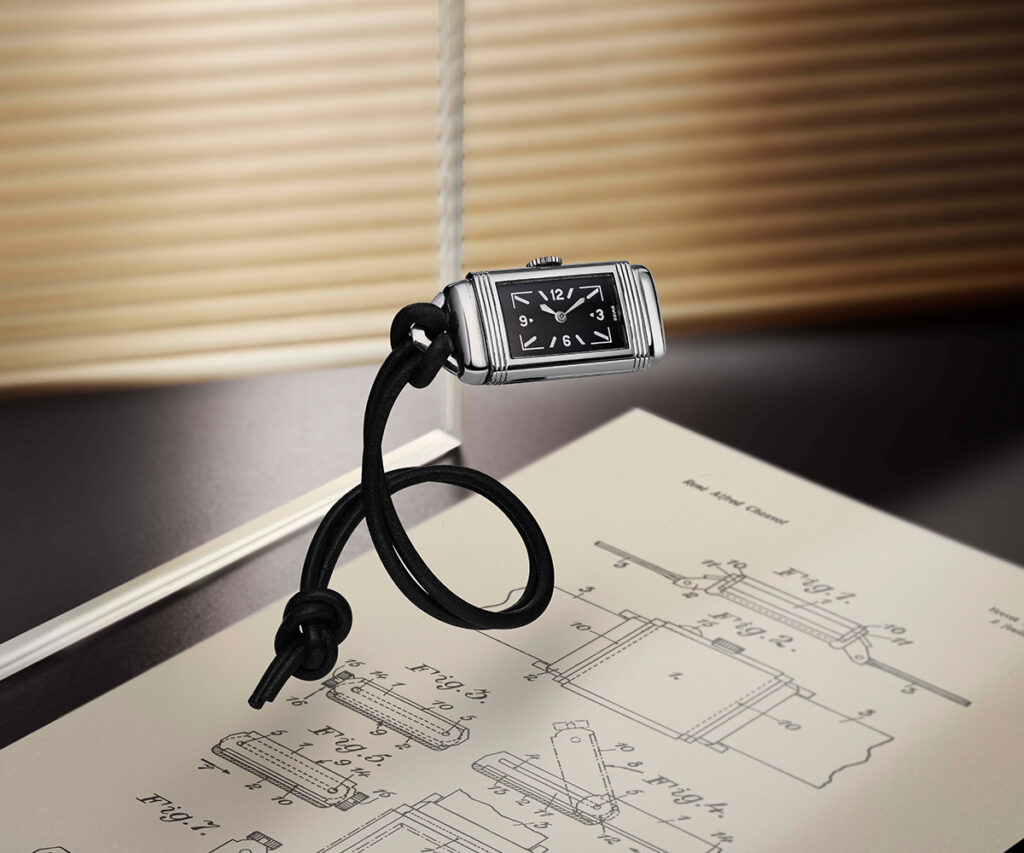
Aside from protective functionality and stylish good looks, personalisation was a key drawcard of the Reverso. Brightly coloured lacquer dials could be custom ordered. But more appealing was the blank rear face of the swivelling case. It offered prime real estate for initials, monograms, family crests, dedications and even miniature paintings. King Edward VIII had the royal coat of arms emblazoned on his (prior to abdicating). Amelia Earhart’s Reverso showed a map of Mexico to New York with her flight path.
In 1933, LeCoultre developed the first in-house calibre for the Reverso’s unique case shape. Followed by a series of dedicated movements, including the adding of a sub-seconds model in 1934 and a central-seconds model in 1935. By 1937, the success of the Reverso was such that it sealed the merger of Jaeger and LeCoultre. (Up to then, neither firm’s name had appeared on the dial, which simply showed “Reverso”.)
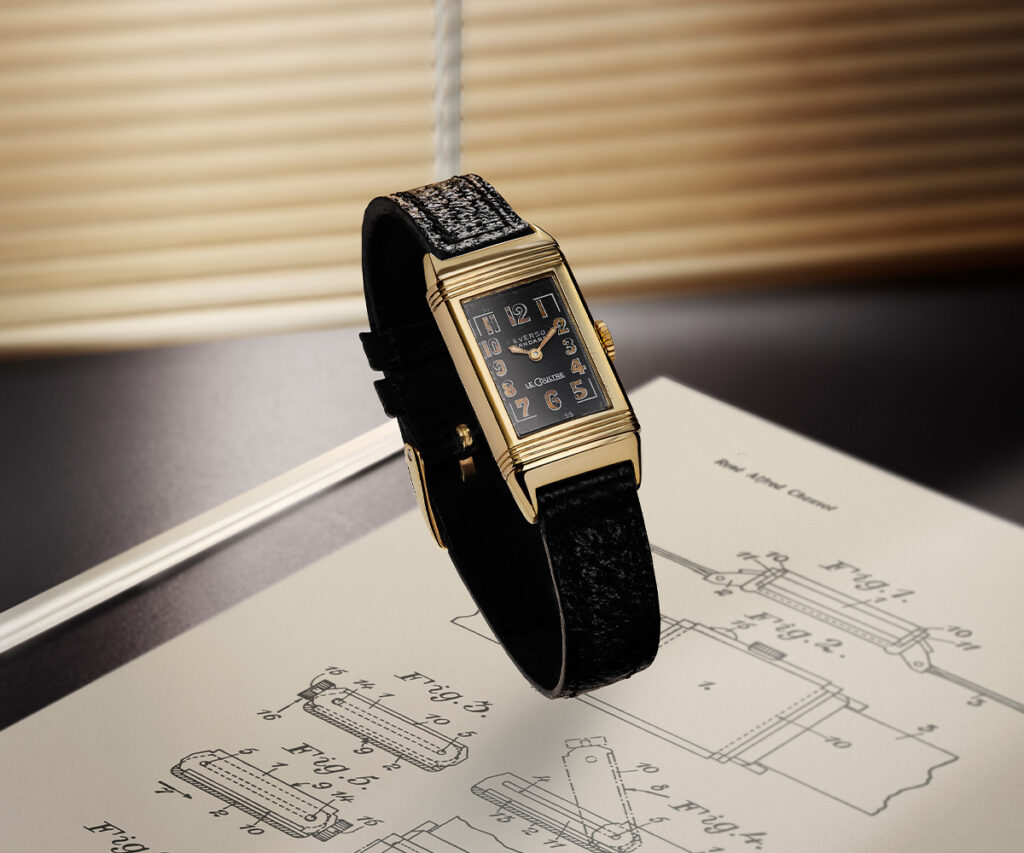
Weathering the Great Depression, the Reverso remained popular until the breakout of World War II. Art Deco fell out of favour. (And the advent of plexiglass negated the Reverso’s original protective purpose as a sports watch.) Jaeger-LeCoultre turned its focus to other watches, like the Geophysic and Memovox. Interest in the Reverso waned. By 1969, when the first quartz wristwatch appeared, it had been largely forgotten. At this point, the Reverso may have become nothing more than a footnote. Had it not been for one prominent devotee.
The Reverso renaissance
In 1972, as the quartz invasion gathered pace, Italian distributor and Reverso collector, Giorgio Corvo, happened to visit the Jaeger-LeCoultre manufacture. Where he came upon the last remaining Wenger cases in stock. Corvo bought all 200 unused cases and had them fitted with mechanical movements. He sold every piece within a month. Officially reviving the Reverso in 1975. This, along with encouragement from Corvo, prompted Jaeger-LeCoultre to take another look at its polo watch.
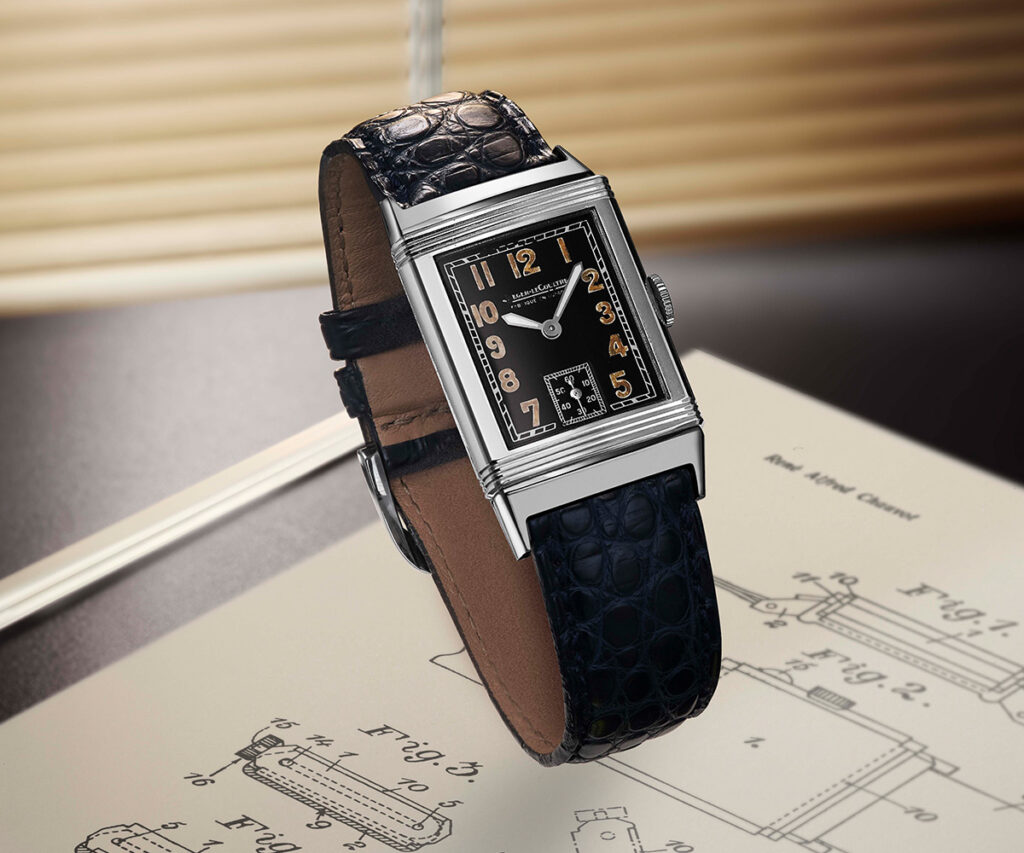
A decision was made to bring production of the case in-house. In 1981, JLC engineer, Daniel Wild, was assigned to redesign it to modern technical standards. However, given the Reverso’s status as a design classic, it was imperative that aesthetically the watch remained unchanged. Four years later the new case was unveiled. The first to be machined at Jaeger-LeCoultre using (then cutting edge) CNC technology. A new flip-over mechanism allowed the watch to swivel at any point, rather than having to push it to one end. This sat in a new carrier with redesigned lug attachments.
While increasing the number of parts from the original’s 23 to 55, differences in appearance were almost imperceptible. Waterproof and dust-proof, the new Reverso, however, was far superior in quality. It appealed to men and women alike. In line with the times, many of the new watches were fitted with quartz movements. But after the struggle of the 1970s and 1980s, light was finally starting to show at the end of the tunnel.
Back on top with a fresh take
Under new leadership and with the rebirth of mechanical watchmaking afoot, Jaeger-LeCoultre set about reimagining the Reverso as the flagship of the brand. In 1991, coinciding with the Rerverso’s 60th anniversary, the Reverso Soixantième (or 60ème) launched. The limited-edition watch signalled the beginning of a transformation. The Soixantième was the first Reverso to break from the past by adding complications. It also featured the new “Grand Taille” case.
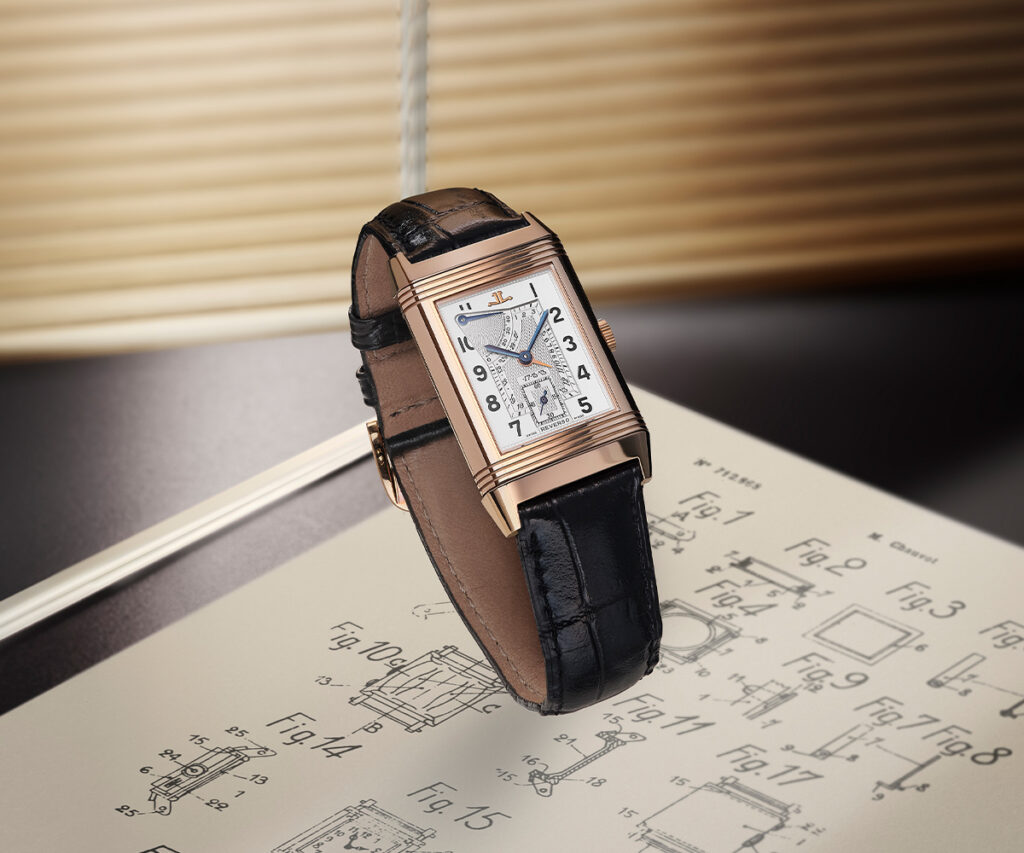
The main complication was a power reserve indicator. Located in the top corner (at the 11 o’clock position) and overlapping the dial almost to the centre. It also featured a discreet central date pointer in a contrasting colour to the time hands. (The back-to-back “JL” logo also appeared, acting as the 12 o’clock index.) The Reverso Soixantième diverged from six decades of having a blank rear face. Instead a display caseback revealed the decorated baguette-shaped Calibre 824 beating within.
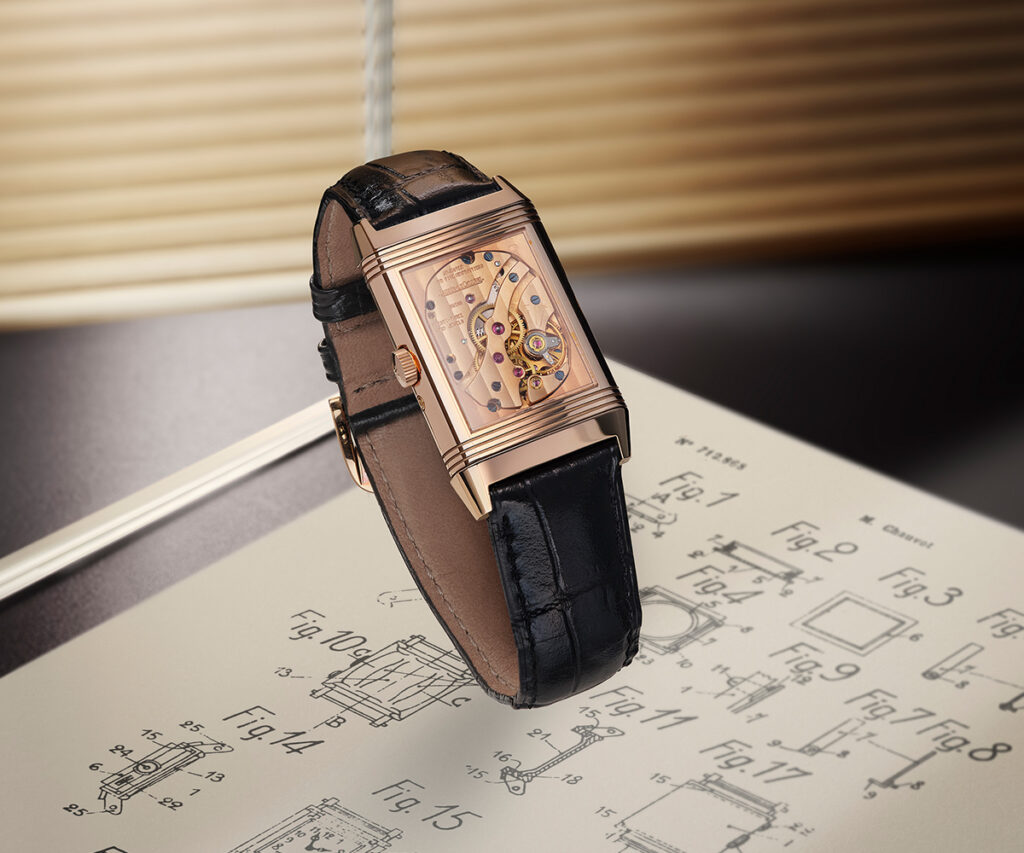
The Reverso Soixantième was only the ‘first page’ to a whole new chapter of the watch with a twist. The Reverso resumed its position as the brand’s signature product. And became a vehicle through which the Manufacture would develop its expertise in high complications. To achieve this, an entirely different movement architecture was needed compared to that of traditional round calibres. Overcoming countless challenges posed by the rectangular-shaped calibre produced many impressive results. (The Grand Taille’s larger dimensions helped to a degree.) To put it mildly, variations flourished.
The Reverso’s wave of complications (1990s)
The Reverso Soixantième was followed by the Reverso Tourbillon in 1993. This was Jaeger-LeCoultre’s first wristwatch tourbillon. Then came the Reverso Répétition Minutes a year later. The Manufacture’s first miniaturised minute repeater for a wristwatch. (Calibre 943 was the world’s first rectangular minute repeater movement.) 1994 also saw the launch of the Reverso Duoface. A unique expression of dual time. Local time on the front and home time of the flip side. (A technical feat of a single movement driving both dials.)
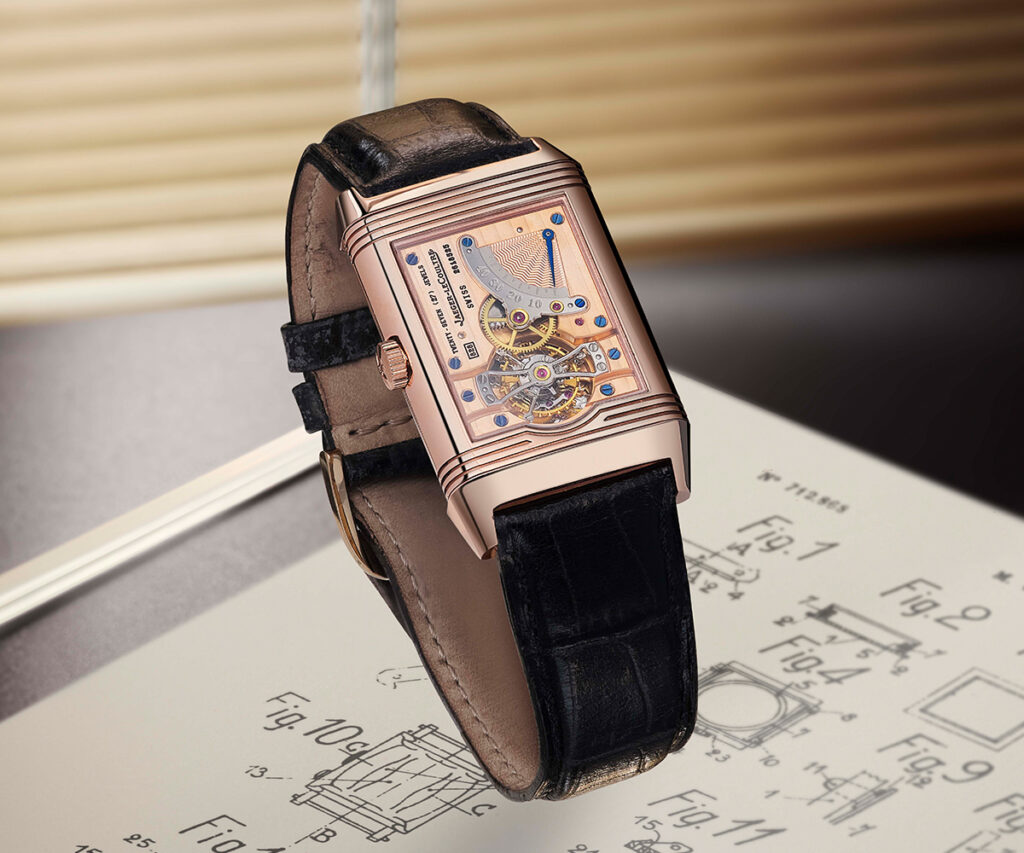
In 1996, the Reverso Chronographs Rétrograde was introduced. This had posed the challenge of accommodating chronograph counters. The problem was solved by an intricate display on the reverse side. Fitting a column-wheel chronograph movement into the Reverso shape was no small achievement. A display caseback provided an impressive view of the partially skelontonised Calibre 829. (Developed solely for this limited edition.) 1997 saw the Reverso Duetto launch. A feminine interpretation of the Duoface’s double dial concept. In 1998, the Reverso Géographique took the same complication to another level by providing airport codes to set the “away” time.
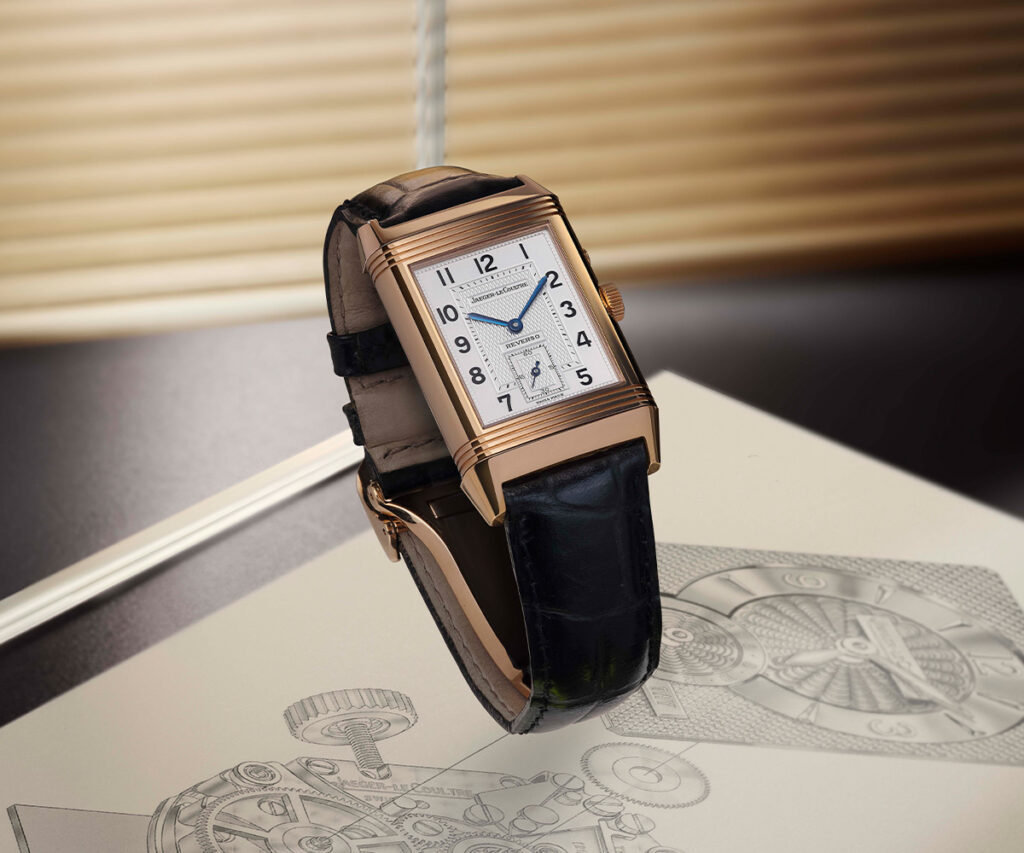
Coinciding with the turn of the Millennium, was the Reverso Quantième Perpétuel. (A natural progression in the Complications series from the Reverso Date introduced in 1998.)
Post-Millennium
The Reverso began the new millennium by celebrating its 70th anniversary. The Reverso Septantième (70ème) was designed to take up the mantle of Reverso Soixantième. And succeeded in having the same impact of pushing the Reverso range forward. Once again, an entirely new, larger case was created. At 46.5 mm tall, 29 mm wide and 12 mm thick. The Septantième’s “Grande” case added 4.5 mm to the Grande Taille’s height, and 3 mm to both the width and thickness. This additional space allowed Calibre 879 to provide an 8-day power reserve. The Reverso Septantième was released in 2002. (Perfecting the movement took a little longer than expected.)
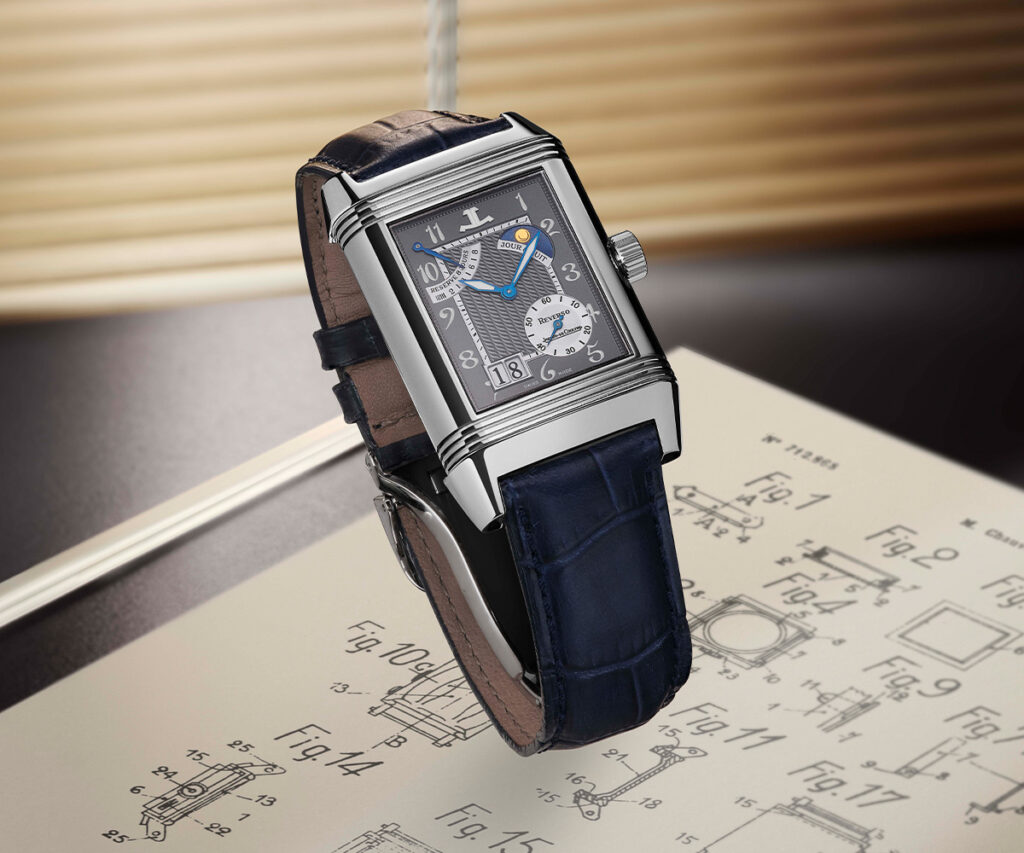
Five years later, Calibre 175 was introduced in the Reverso Grande Complication à Triptyque. 18 different functions – including civil time, sidereal time and perpetual calendar – displayed across three dials. The third dial being set into the carrier plate of the watch. In 2008, the Reverso Gyrotourbillon housed Jaeger-LeCoultre’s unique bi-axial flying tourbillon. In 2012, came the Reverso Répétition Minutes à Rideau. In which the chiming mechanism is activated by a pair of theatre-style curtains that open and close to reveal and conceal the dial.
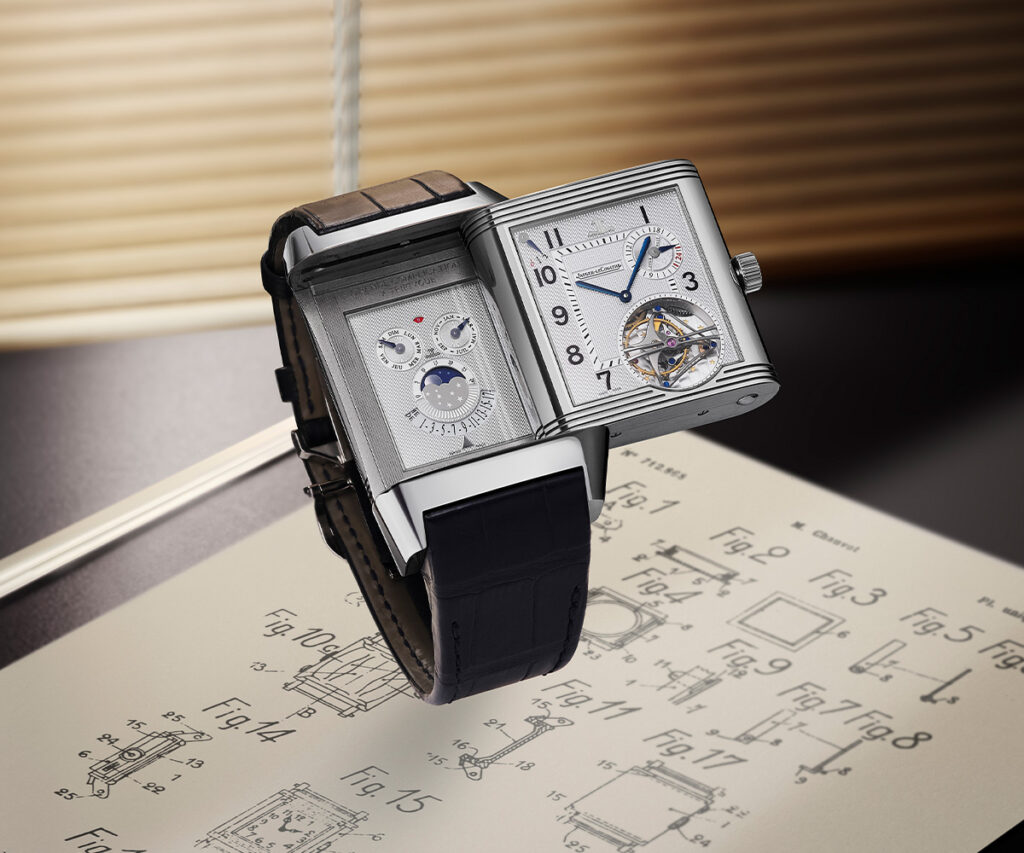
And in 2016, the Reverso Tribute Gyrotourbillon succeeded the Reverso Septantième. Marking the watch’s 85 year with an all-new case that would pave the way for a new line of Reverso models.
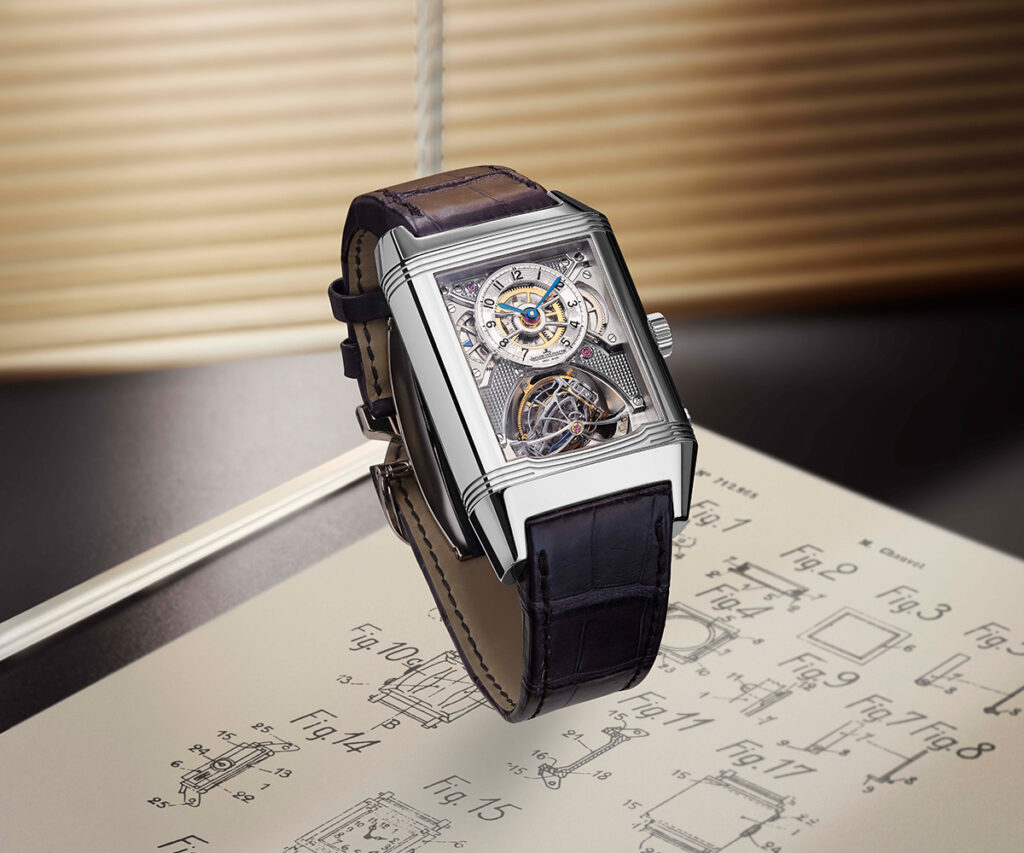
The success of the Reverso
Despite having housed 50 different calibres since its debut in 1931, the Reverso has made it to 2021 without losing sight of its beginnings. Through 90 years of evolution, the Reverso has continually reinvented itself. Without ever compromising its identity. Speaking of this process, Jaeger-LeCoultre CEO Catherine Rénier makes the comment:
“modernity doesn’t mean transforming it completely, modernity means that it stays relevant today.“
Today, high complications sit alongside classic Reverso models. With a large selection of case sizes, materials and finishes. Automatic movements are also available in addition to mechanical and quartz. Yet all are linked by a very strong code. And design elements that have remained identifiable throughout the past nine decades. This ‘chameleon ability’ – to change yet remain unchanged – has rendered the Reverso one of the world’s most recognisable wristwatches. Making it an icon of 20th-century design, in the true sense of the term.
But it’s not only the Reverso’s icon status that sustains its appeal. The swivel of the Reverso case continues to hold a certain allure:
“There’s always this little magic when you turn the case over – even if you’ve seen it before, or it’s your own watch and you’ve done it a million times.” – Catherine Rénier








 Rolex
Rolex A. Lange & Söhne
A. Lange & Söhne Blancpain
Blancpain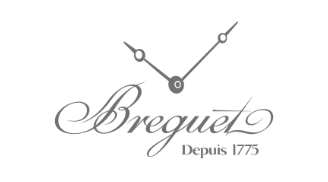 Breguet
Breguet Breitling
Breitling Cartier
Cartier Hublot
Hublot Vacheron Constantin
Vacheron Constantin IWC Schaffhausen
IWC Schaffhausen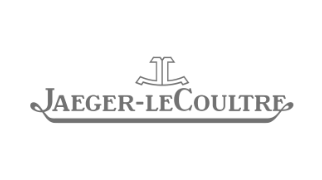 Jaeger-LeCoultre
Jaeger-LeCoultre OMEGA
OMEGA Panerai
Panerai Roger Dubuis
Roger Dubuis TAG Heuer
TAG Heuer Tudor
Tudor FOPE
FOPE Agresti
Agresti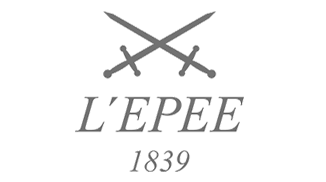 L’Épée 1839
L’Épée 1839



